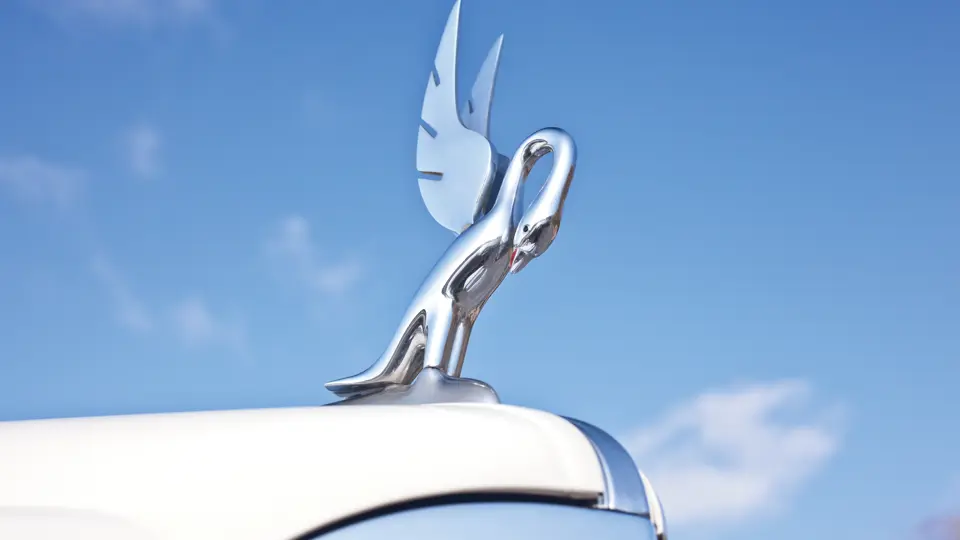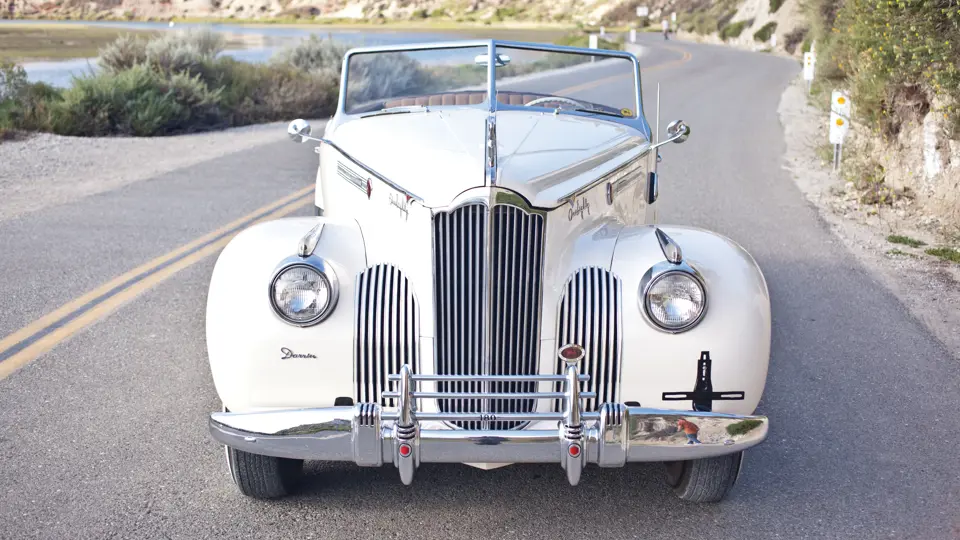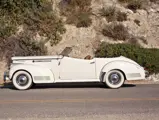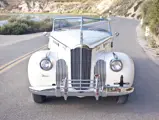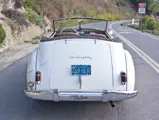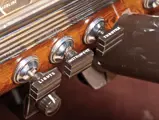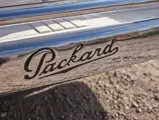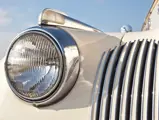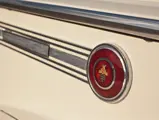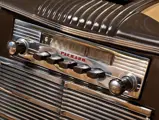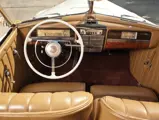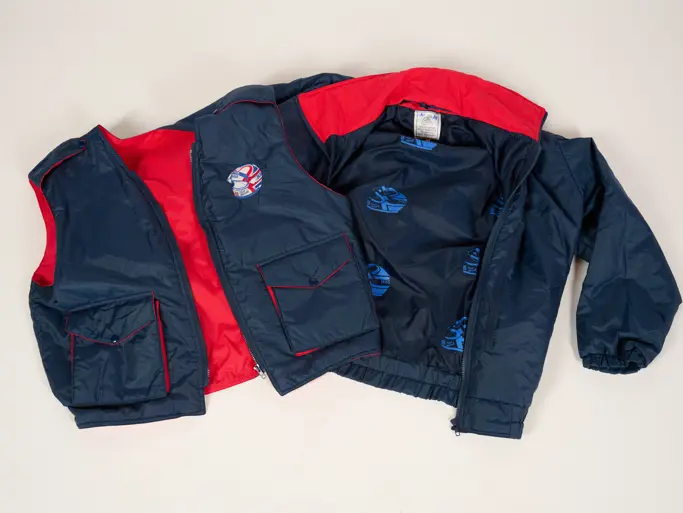Series One-Eighty. 160 bhp, 356 cu. in. inline L-head eight-cylinder engine, three-speed manual transmission, coil spring independent front suspension, live rear axle with semi-elliptic leaf springs, and four-wheel hydraulic drum brakes. Wheelbase: 127"
- Iconic Dutch Darrin design
- Twelfth of 35 built for 1941
- Single ownership since late 1960s
By 1939, the era of coachbuilt automobiles was coming to a close. However, isolated expressions of the designers’ art continued to appear, and many of these are considered icons of the age. Prominent among these is the Packard Darrin.
Howard “Dutch” Darrin was born in New Jersey in 1897. A person of many talents, he was on the staff of Automobile Topics magazine at age 10 and became a notable amateur football player. Possessed of innate engineering acumen, he worked on an electric gearshift project for John North Willys, but it was his friendship with Thomas Hibbard that prepared him for life as a well-known designer.
Hibbard worked at the New York coachbuilders LeBaron, Inc. In spring of 1923, the pair sailed for Paris, intent on surveying the European car scene. They decided to stay and opened Hibbard & Darrin, a design partnership that shopped the actual body construction out to a company in Belgium. The firm prospered, but by 1930 the prospects for coachwork in Europe were no better than in the United States. Darrin later teamed with an Argentinean banker to form Fernandez and Darrin, which lasted through 1937. That year, Darrin returned to the United States and moved to Hollywood, where he established himself as a designer of bespoke cars for the stars.
His first Packard was a low-slung 1937 One-Twenty roadster, which led to similar cars in 1938 and ’39. Helped along by Darrin himself, the designs came to the notice of Packard management. For 1940, a Darrin Convertible Victoria was offered on both the One-Twenty and One-Eighty chassis. Devoid of running boards, it also had cut-down doors presaging what would later be called the “Darrin dip.” There was also a Darrin-designed Sport Sedan, but the effect was less dramatic because Packard dictated the use of many standard parts.
For 1941, both Packard Darrin models used standard nose sheet metal. Victoria doors were now hinged at the front, and production was carried out by Sayers and Scoville, hearse and ambulance builders in Cincinnati, Ohio. It is believed that 35 were built and just 12 of a nearly identical 1942 model. Packard progress was now centered on the new streamlined Clipper design, which didn’t lend itself to Darrin’s deviations. Thus there were no such extravagances when production resumed after World War II, but by that time Darrin was busying himself with the new Kaiser and Frazer cars.
This Packard Darrin Convertible Victoria was delivered January 27, 1941 through the Meador Motor Company in Houston, Texas. It was purchased by longtime collector Harry Rinker in the late 1960s from well-known collector Tom Lester. Rich Fass of Stone Barn Restorations in Great Meadows, New Jersey completed its restoration in the late ’70s. Exceptionally well maintained ever since, it presents very nicely and exhibits only minor cracking of the paint in some areas.
The twelfth of a believed 35 Darrin Convertible Victorias built for 1941, this car is one of fewer than 20 estimated survivors. Always meticulously maintained by Mr. Rinker’s mechanic, it has been regularly serviced and frequently driven. It has been a familiar face at car shows in California and the western states for many years.


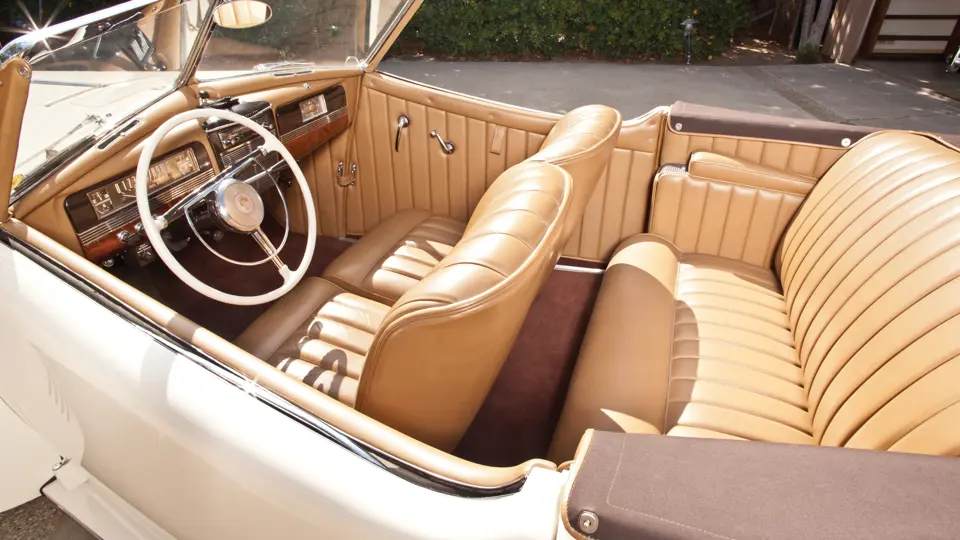

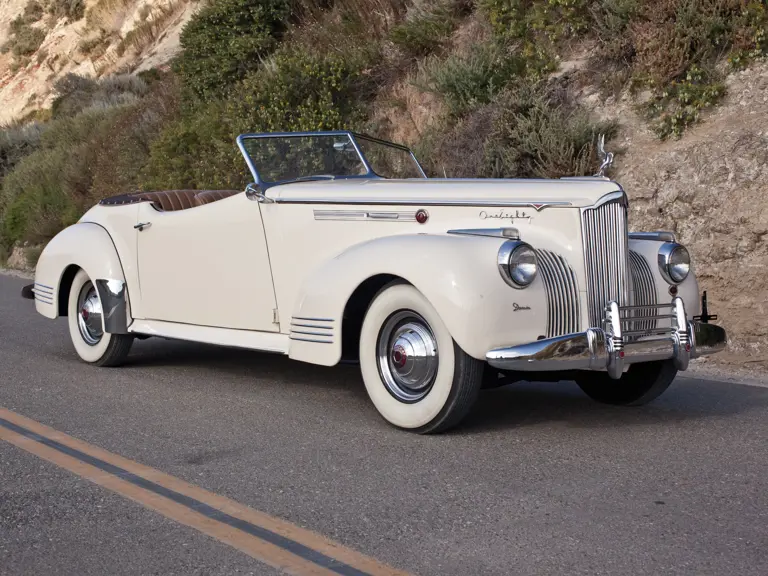

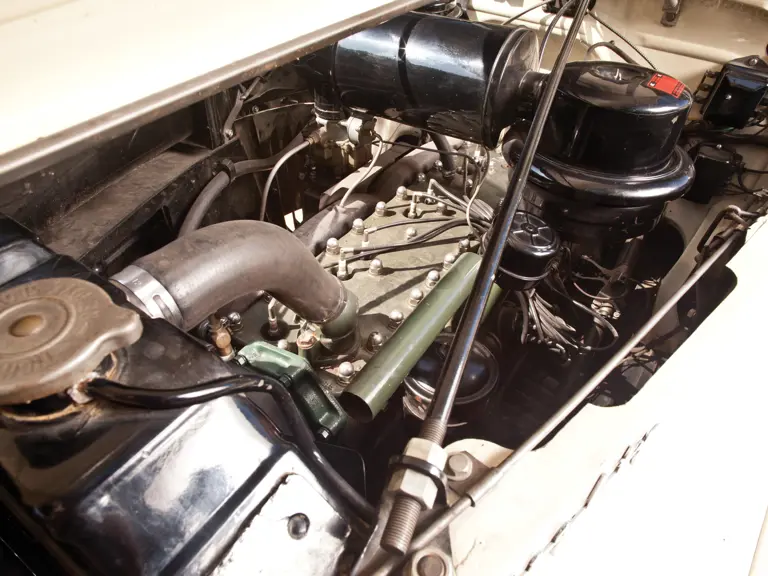
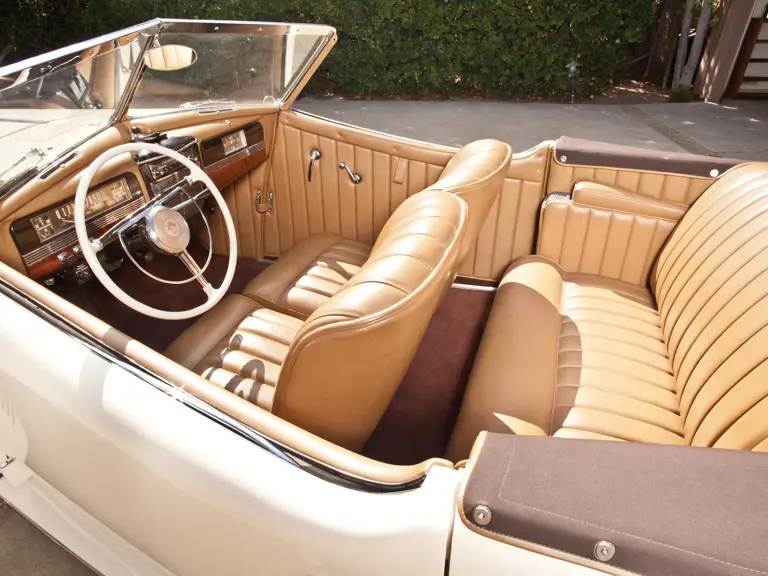




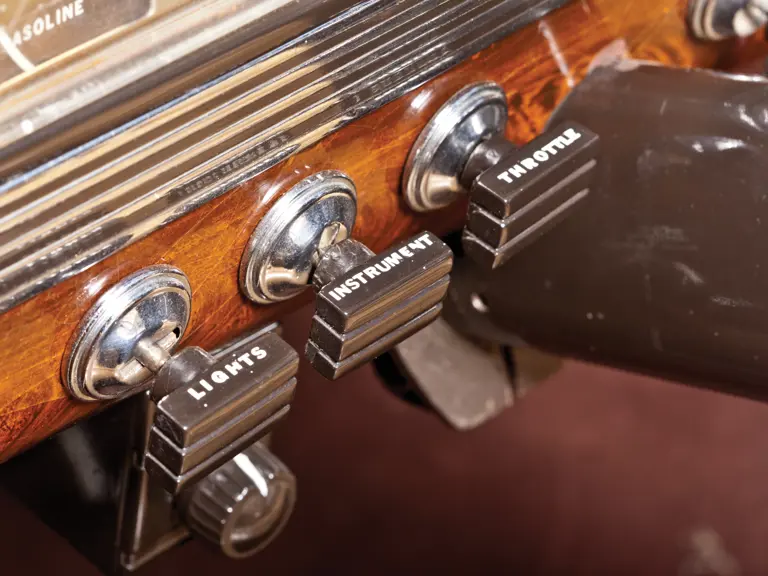
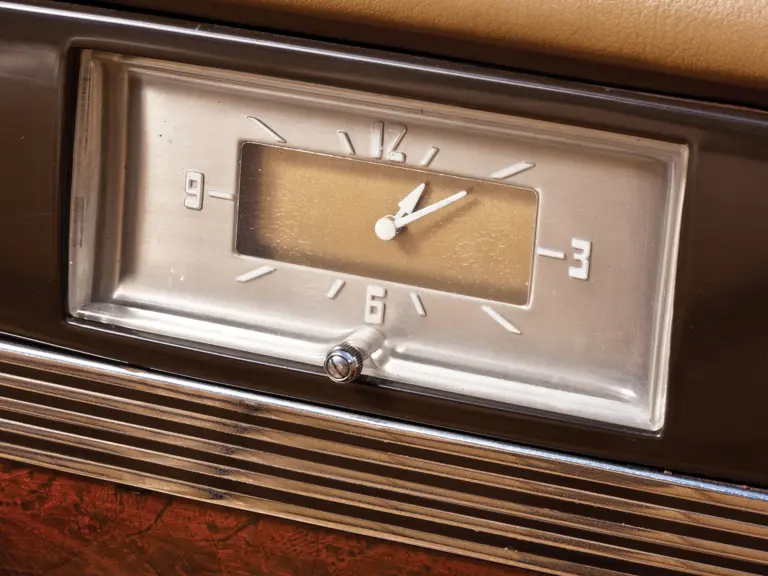

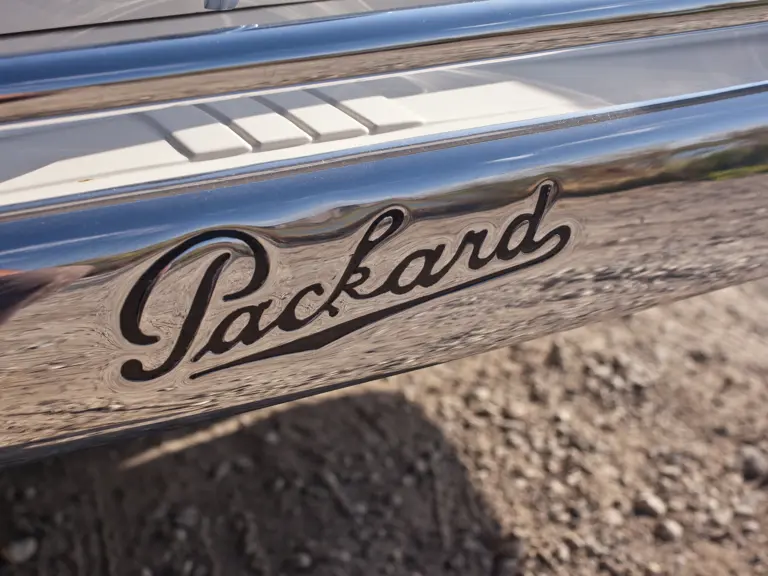
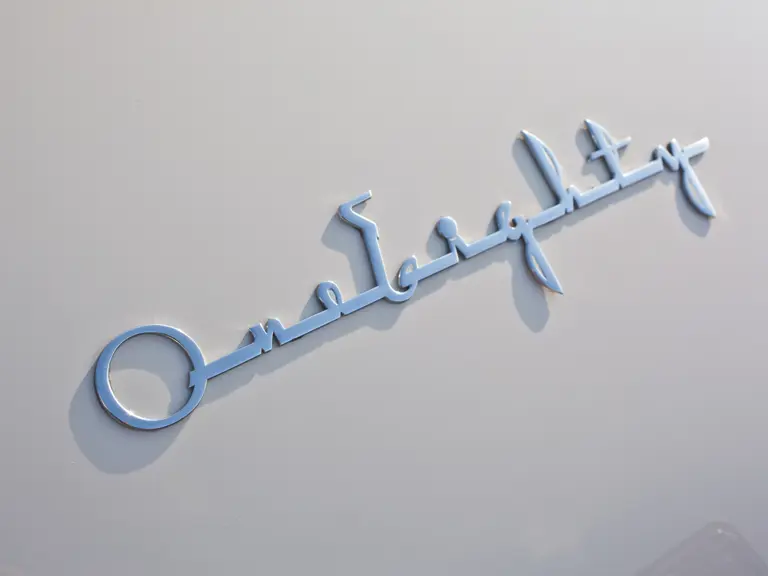
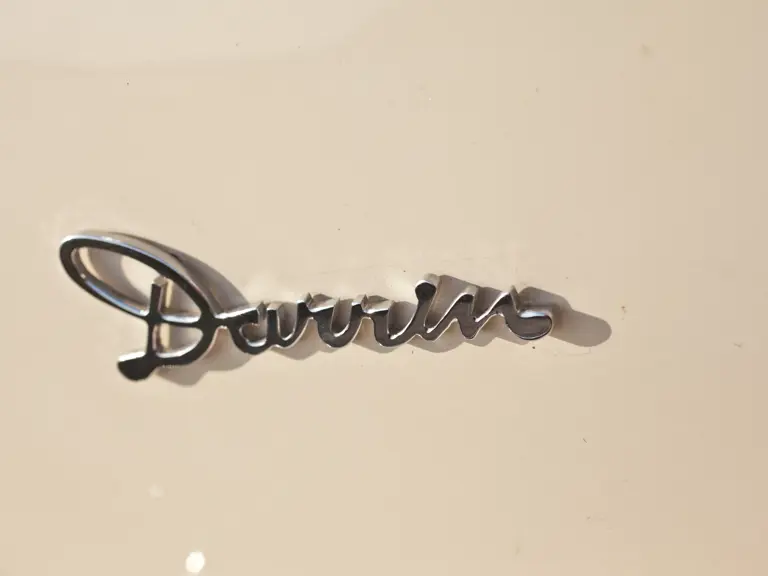
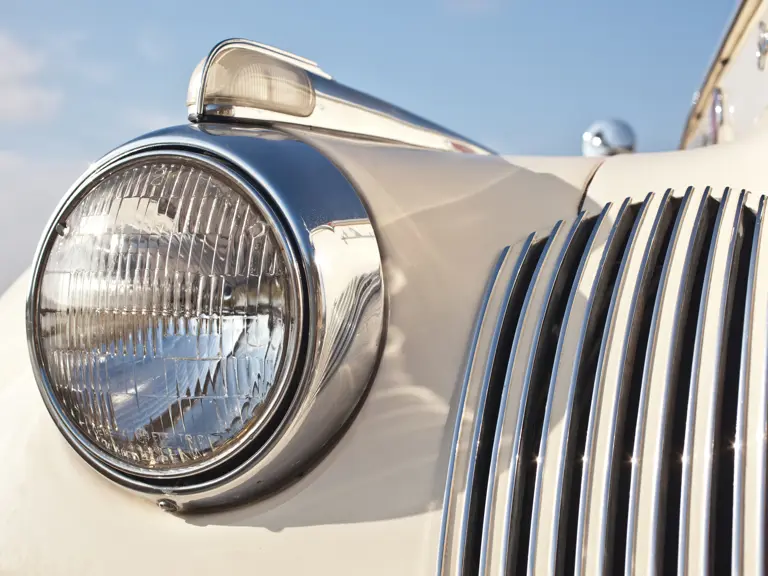
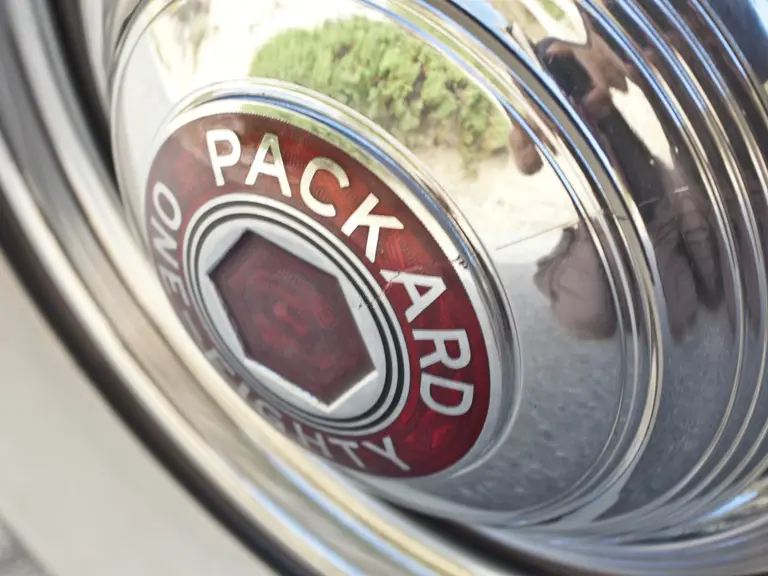

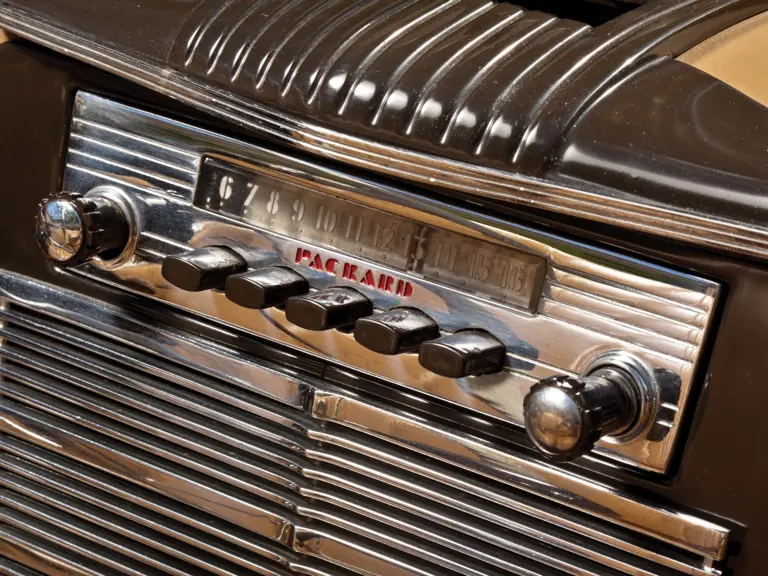
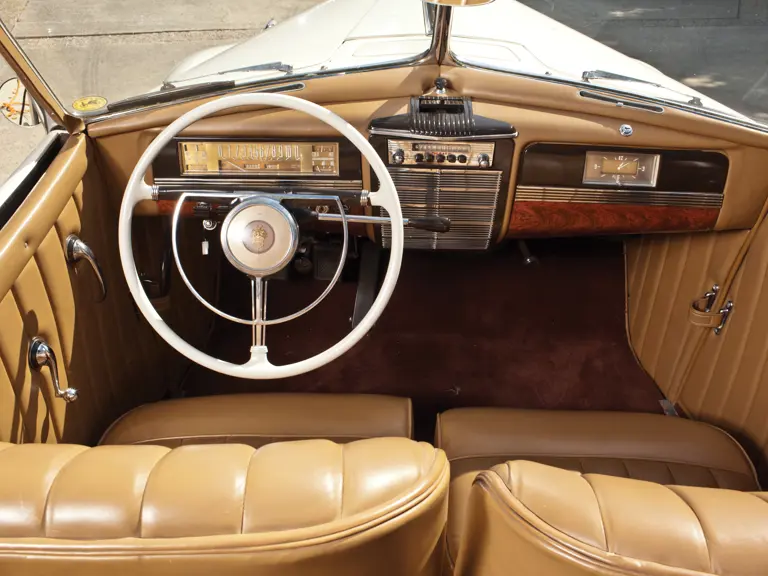
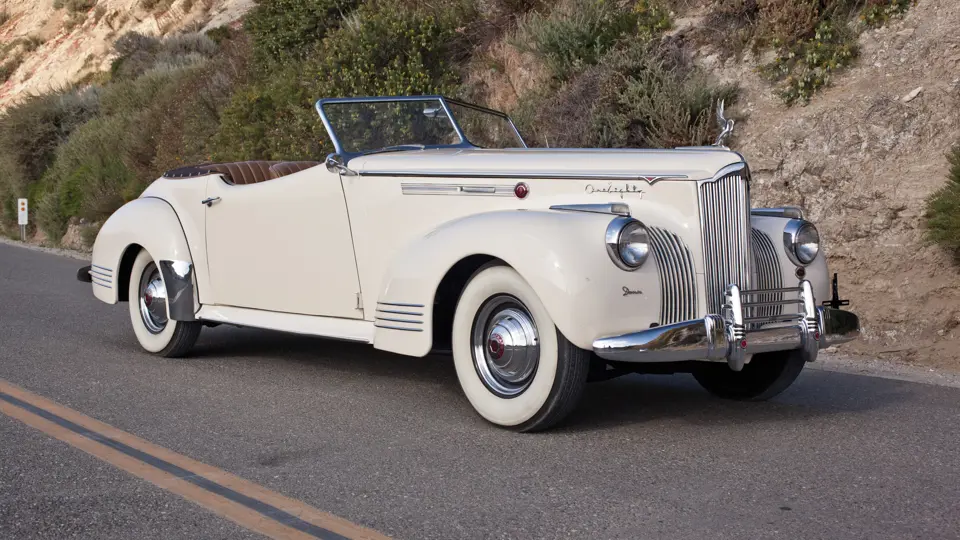
 | Monterey, California
| Monterey, California

